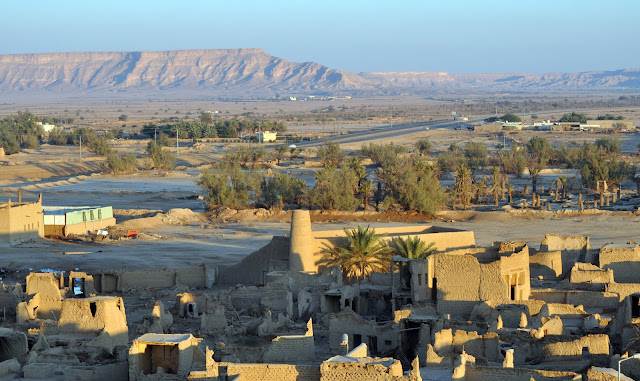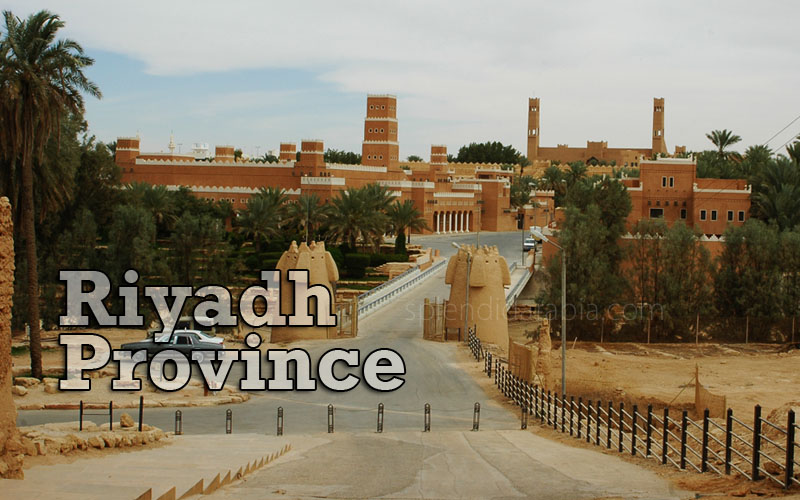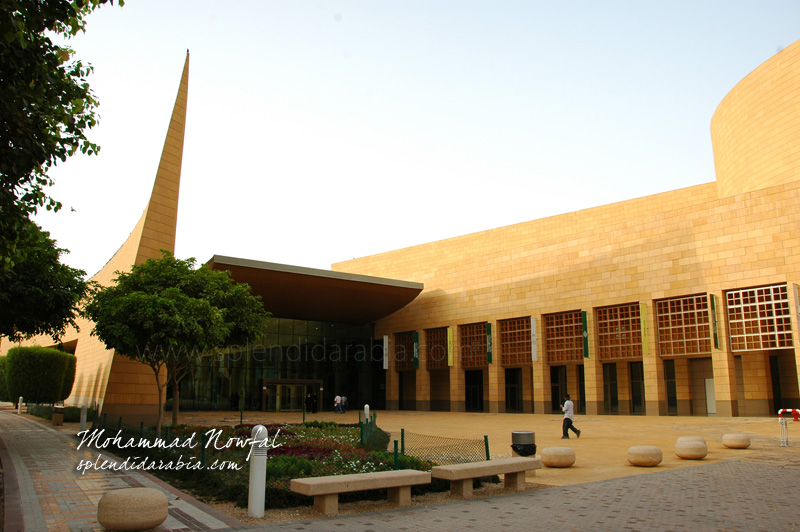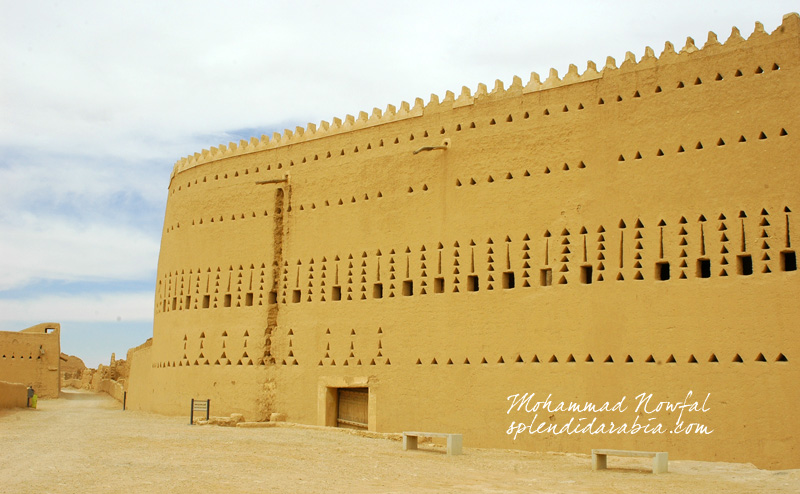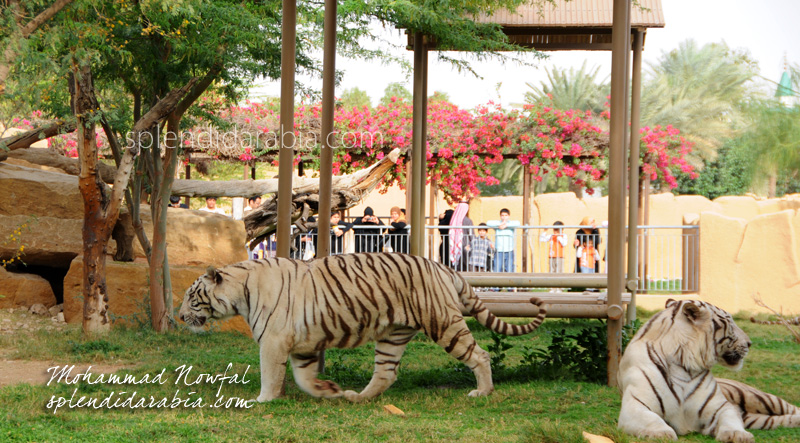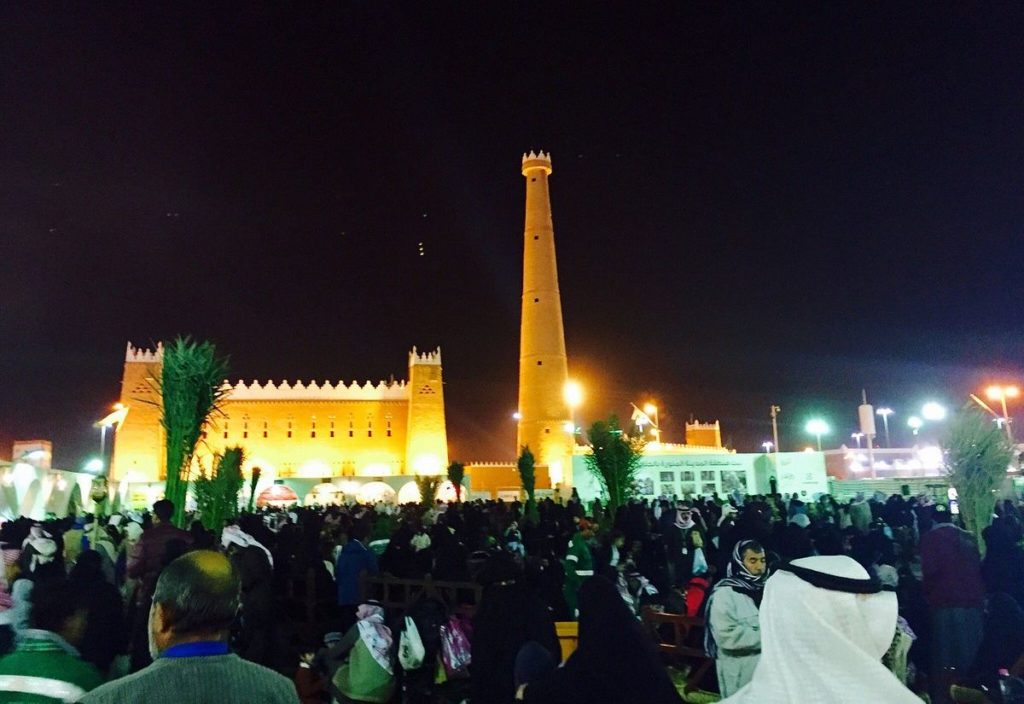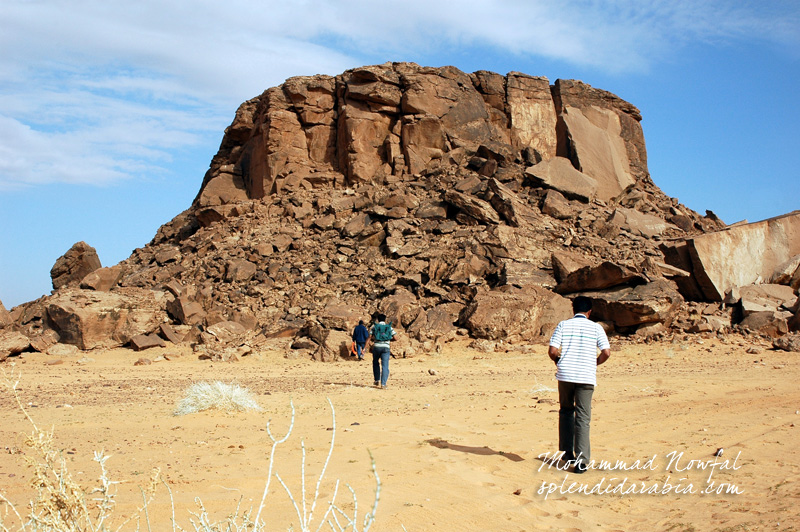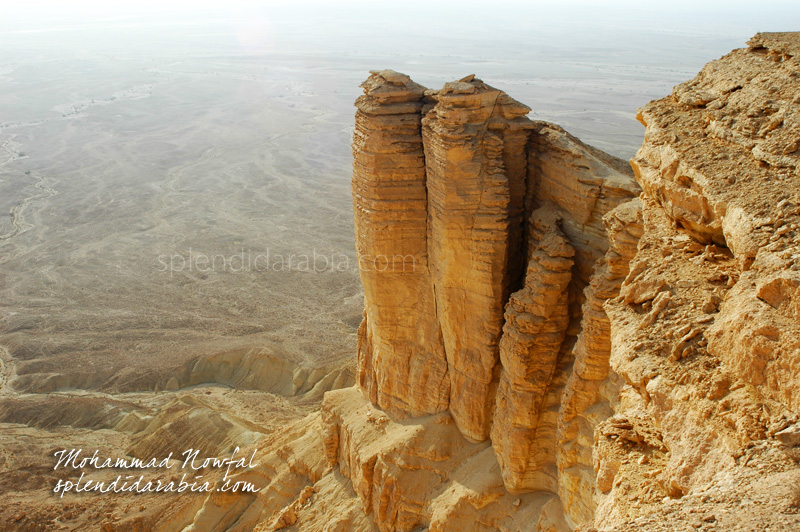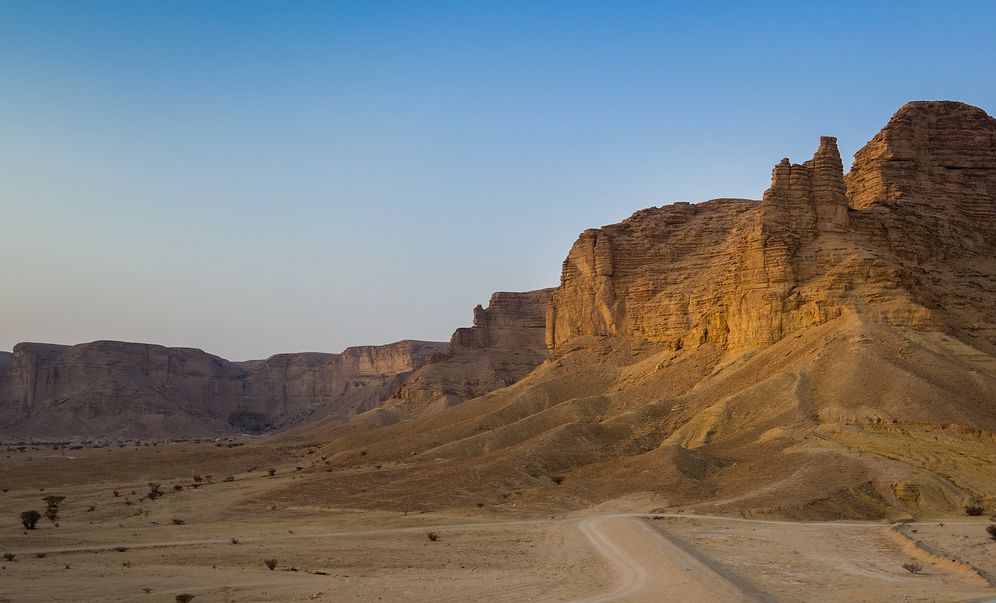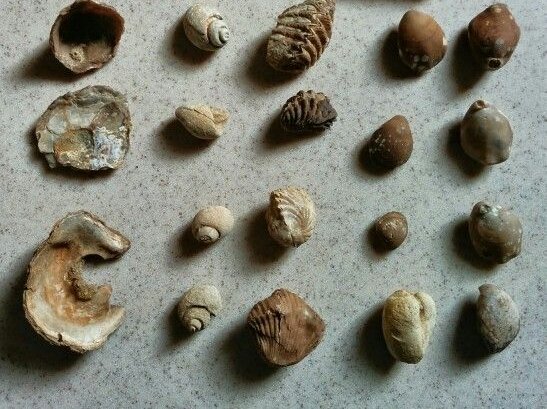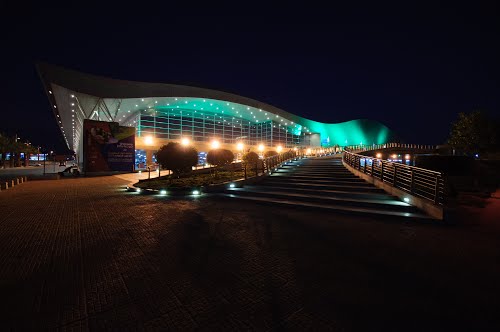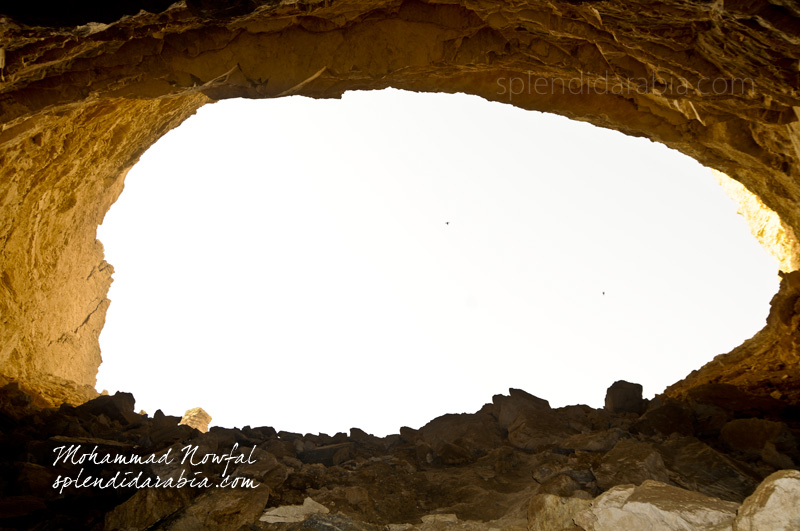The town of Raghbah is 120 km northwest of Riyadh en route Huraimila and 18 km south of Thadeq. This old town was said to be very fertile with abundant rainfall and was established in the year 1669. Raghbah has its historical significance in many perspectives. Imam Mohammad Ibn Saud’s declaration to support “the call for returning to the basics of Islam” (Ad Da’wa As Salafia) of Sheikh Mohammad Ibn Abdul Wahab in 1744 has been considered a historic event in Najd and the Arabian Peninsula. The people of Raghbah joined Sheikh Mohammad Ibn Abdul Wahab’s movement in 1750 which provoked the people of Sudair and Al Washm, who with Al Zufair marched to Raghbah in 1751 and besieged it. It was the first in the Mahmal region to join the Da’awa.
This town was one of the targets during the invasion of Nejd by Turks in the year 1817 under the command of Ibraheem Pasha. Castles of Raghbah were destroyed by Turks during the chaos.
For the route to Raghbah, please proceed to the last page of this section
Raghbah and the Desire
The word Raghbah means “to desire” or “willingness”. It has other meanings as well based on the way it is pronounced. This aerial view of a portion of the old town of Raghbah is from Al Marqab Tower. I owe this trip to my ex-colleague, Mr. Naif Al Sinan, whose family of Al-Sinan was one of the major families of Raghbah.
Al Marqab Tower
This observation tower is one of the famous ruins of Najd in terms of historical magnitude and architectural greatness. Made of cylindrical stones, mud and bricks, this 22 meter high tower was built by the people of Raghbah with the expertise of Ibraheem Ibn Salama as recorded. The spiral staircase can take you to the top of the tower where the diameter is less than a meter. Two persons can hardly stand at the top. The blowing of the wind is so scary at the top that one feels like the tower is swinging.
Architecturally, the tower has 6 parts in different heights. It has small windows for lighting and ventilation. If Raghbah is in your itinerary, you should not miss to climb to the top of this tower.
Al Tali’i Mosque
Al Hazm Quarter has two mosques and Al Tali’i is one of them. The mosque has a small courtyard and stairs to its roof and to the underground praying halls
Interior of the At Tali’i mosque, lit by the rays of the sun.
Flora of the region
Colonies of Achillea Biebersteinii species of flowers are very common in Raghbah. The farmers make use of the fertility of the land by cultivating vegetables, fruits and cereals like wheat.
One of the young date farms of the region. The palm trees occupy a major portion of the cultivated land though the major crop of the region is wheat.
Out of the ruins, this single building was very interesting for the decorative patterns used at the interiors.
Interior decorations
The traditional building in Raghbah and in the central region of the kingdom were basically built with mud, water and straw, all mixed together by mashing them with feet.
These beautifully decorated walls of the building are intact and not affected by the wear and tear of the weather
A lane in Al Hazm Quarter.
Ruins of Al Hazm Quarter
Driving a few kilometers around the old town of Raghbah, you will come across ruins of castles, walls, towers, dams and settlements.
Strongly designed deep and wide water wells were quite interesting to be found at each castle remains. Some of them with water.
The change in Saudi Arabian climate with more rain falls than before could be the reason that Raghbah’s old structures are vanishing slowly.
Traveling to Raghbah is easy, but be patient to go to the interior plains to get a real picture of the old city. Sights of scattered walls and other structures will be a gift of your travel.

